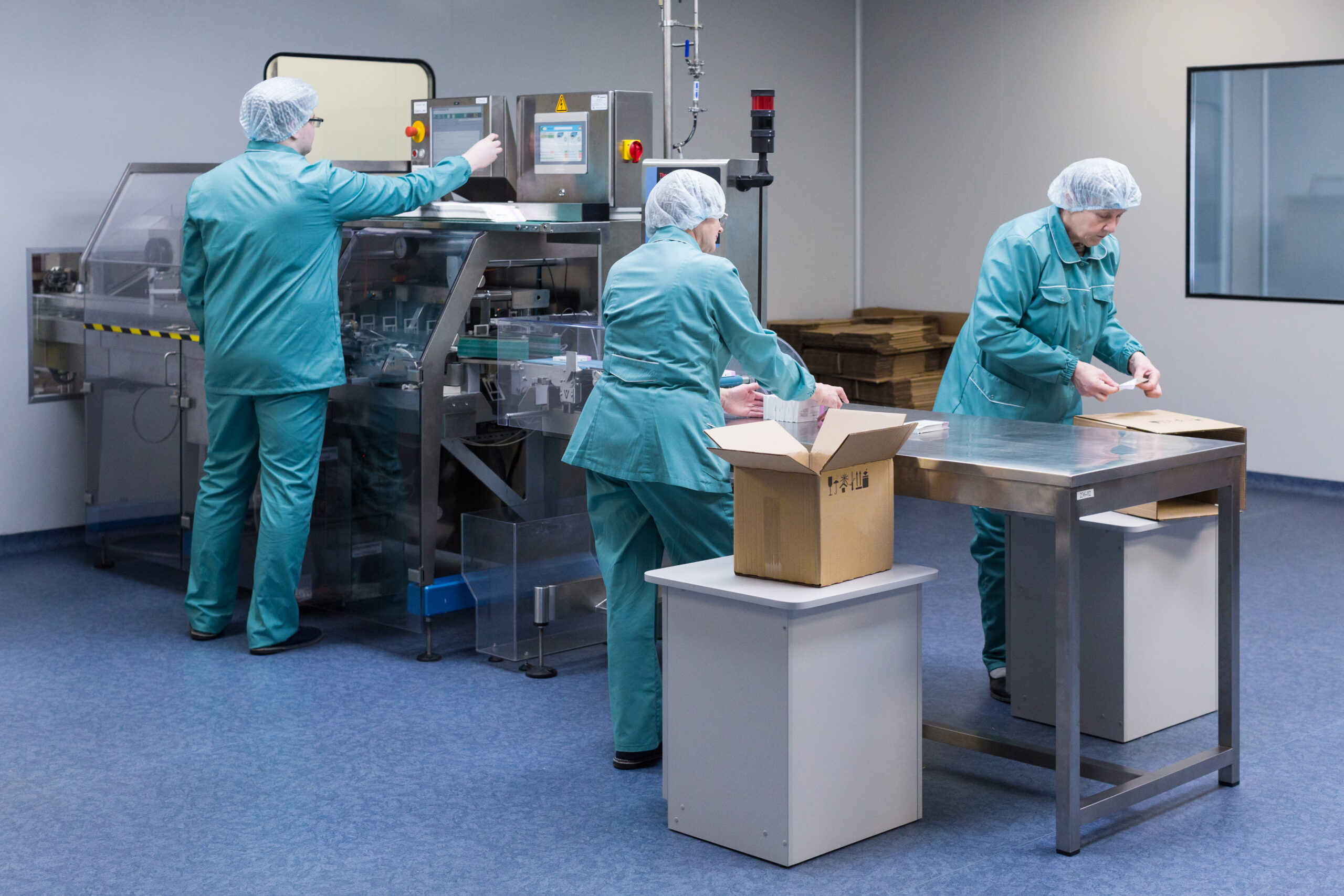SMEs, Uplifting the Backbone of the Economy (2/2)
Read Part 1 here: SMEs, Uplifting the Backbone of the Economy (1/2)
UnionBank’s Business Banking Head, Mr. Jaypee Soliman, guests in ‘Keep Growing, A Supply Chain Dialogue.’
In part two of the interview, Mr. Jaypee Soliman discusses more about how the digital programs he implemented have led to the growth of SMEs. He also shared his future plans for UnionBank and how their solutions impact not just their customers but the Filipino community as a whole.
Q: How do you define and measure success in programs aimed at supporting SMEs? How can we determine if we have been successful in uplifting these SMEs?
A: Initially, one of the key performance indicators (KPIs) to measure success would be the increase in business driven to the bank. By monitoring the growth of deposits and assets, we can assess the progress of SMEs. Aligning assets and liabilities allows us to gauge the performance of our SMEs.
However, the ultimate measure of success, if I may express it in more general terms, is when our customers become advocates for our bank and the services we provide. We have observed this through platforms like GlobalLinker and community initiatives, where customers actively engage with others and share how UnionBank has assisted them. This level of advocacy indicates a positive impact and success in our efforts.
And when you reach the point where customers become advocates, that’s when you know you’re successful. In 2022, we planned to launch an e-book featuring our customers. Despite reaching out to only 500-600 SMEs, we received 300 registrations, and 50% expressed eagerness to volunteer. From these, we carefully selected 40 compelling stories that strongly advocated for financial inclusion.

One story that stood out to us was about an agri-business located in Northern Luzon, specifically in Baguio. Their story highlighted how UnionBank assisted farmers in accessing banking services. We found this to be a compelling narrative because it showcased the impact we have not just on a single SME but on a network of SMEs, as each farmer represents a microbusiness.
Witnessing such growth and empowerment among multiple SMEs is truly remarkable and not something you come across every day. Personally, I consider this as the ultimate measure of success. When your customers become advocates for your company, it signifies that you are on the right track and making a positive impact.
When it comes to measuring success outside of the core business, especially when dealing with large corporations, there are various aspects to consider beyond the typical metrics like sales and revenue. While these are important for stakeholders, true success lies in making a meaningful impact and becoming a reason for others to live. The key indicator of this impact is when your customers actively talk about the positive influence you’ve had on their lives.
Listening to your customers is crucial because sometimes you may not even be aware of the impact you’re making. I personally find stories to be incredibly powerful in conveying these impacts.
Let me share one such story: During the pandemic, we unknowingly helped a province with hospitalization. Through our relationship with the HMO (health maintenance organization), a hospital could borrow 5 million pesos from us. This amount was utilized to purchase essential medical equipment and hospital beds to combat COVID-19.

Initially, if we were to focus solely on the bottom line, we might have considered it a successful transaction with proper repayments. However, in reality, it meant so much more to them. It meant additional hospital beds, improved access to healthcare, and ultimately saving lives. That kind of genuine impact often eludes large companies as they overlook the real stories behind their customers’ experiences.
That measure of success goes beyond mere financial gains and elevates the brand to a more community-centric level. Of course, the bottom line still matters, as we are a business, and not a non-profit organization. But what truly motivates us? Is it the pursuit of profit, indicated by monetary symbols? Or is it the stories shared by our customers?
These stories hold the power to provide sustained motivation for us and our team. Therefore, we must always keep our ears open and actively seek stories and insights from our community and supply chain. You never know; you may stumble upon a remarkable tale that fuels your motivation and helps you weather any storms that come your way in business.
Q: Thank you for raising those important points. Now, what do you think about the journey of SMEs and their transition towards digitalization?
A: SMEs, really, it’s easy to transition. I’ll be honest. It’s easy to transition. But you will see them not transitioning. The primary hurdle they encounter is the cost involved in this transition. That is where platforms and corporations can step in to support the ecosystem and the supply chain.
Let me give you an example: if an SME chooses between uploading an invoice in the supply chain for timely approval or physically delivering it and waiting for 90 days (about three months), they would prefer the former.
However, when the SME is informed that an investment is required for this automation, they may express concerns about lacking the necessary funds. It presents us with a dilemma. We can assist in streamlining their processes through automation, but the SME needs to make the initial investment. That is where corporations should come in and provide the necessary resources to invest in the supply chain. By doing so, they can reap the benefits of increased efficiency on the supply side in the long run.
SMEs are eager to undergo digital transformation and digitization. In my frequent conversations with SMEs, they express their desire to embrace these changes. However, the primary obstacle they face is the prohibitive cost associated with digitalization.
That is where we need to step in and find solutions to reduce their expenses. One approach could be to have principals sponsor the costs or establish a platform where expenses are shared among participants. Another option is to leverage our relationships and collaborate with partner lending institutions to provide financial support for their investments.
The supply chain presents numerous opportunities to assist SMEs, from the supply side to distribution. It’s important to emphasize that SMEs are willing to make the transition, but they are concerned about the investment costs, which go beyond monetary expenses and also involve acquiring knowledge and skills.
Some SMEs may need to familiarize themselves with digital tools and platforms. It is common for individuals to claim they do not know how to use a computer, yet they are active on Facebook every day. In such cases, I explain that using our platform is as simple as posting a picture on Facebook. That realization often sparks excitement and opens their minds to the possibilities.
Let me share a concrete example with you. Recently, we introduced the supply chain finance program on our SME business banking app.
How did it all come together? It started with a principal in the logistics and shipping industry. As we examined their ecosystem, we identified various stakeholders, including importers, brokers, truckers, and warehouses. This entire network forms a supply chain, extending from the warehouse to the end distributor and ultimately reaching the end customer.
We approached the shipping company with a proposition: “Since you work with brokers, can we explore their transactional relationship with you? We can advance payments to you based on their orders, as we have a good understanding of your payment history. Additionally, we can provide advance payments to truckers for expenses such as fuel and maintenance, as well as to warehouses, which form the end of this supply chain.”
The shipping company agreed to give it a try, and we proceeded to develop a supply chain finance model for their ecosystem. We proposed passing invoices and purchase orders through a web platform that we built. However, to our surprise, nobody used it. It led us to investigate the reason behind this lack of utilization. We realized that brokers were busy at the ports managing documents, truckers were constantly on the road, and warehouse staff often didn’t have laptops inside the warehouses. It became clear that the customer experience was flawed.
We engaged in discussions with truck drivers, who are positioned toward the end of the chain, and asked when they typically submit their invoices to brokers or contractors. They explained that they usually prepare the invoice when they return home or to the office, as they are the owners of their trucks. This revelation highlighted the impracticality of an online platform, given that they didn’t carry laptops with them. However, they expressed their ability to handle such tasks on their phones. We encouraged them to participate in the design process.
We inquired, “How would you prefer to handle it if it’s done over the phone?” One person replied, “Sir, I can take a picture of the invoice, write the necessary details, and upload it.” That sounded feasible to us. We proceeded to test it by developing a prototype. Remarkably, after the prototype was introduced, 80% of the community started utilizing it.
Once again, SMEs, as I mentioned earlier, possess the desire to digitize. They have the capability to do so. The crucial aspect is whether we expect them to purchase a laptop solely for this purpose. That would entail an investment. If I can alleviate that burden, I can eliminate that investment requirement and transition them to the digital realm through mobile devices. I will be able to resolve their issue. That is a genuine case that has already occurred and is currently in operation. We have launched it within our mobile app. Furthermore, we have developed payment collection gateways within the app.
We aim to empower business individuals and SMEs to conduct their business entirely through their mobile phones. Everything you need for banking, and even beyond, can be accessed on your phone.
And that’s what I believe will be the next user experience, the next digital experience where we prioritize mobile devices for SMEs. Honestly, it will be a challenge and a remarkable achievement because not everything can be easily executed on mobile platforms. However, if we can ensure a seamless and intuitive user interface and user experience (UI/UX), it will undoubtedly result in a successful deal.
Q: And what’s next for Sir Jaypee Soliman? Are there any upcoming events or initiatives you would like to share with our audience?
A: What’s next for me is to bring markets closer together. It’s no longer just about digitizing ecosystems and transactions but rather about connecting Filipino SMEs with the world. That’s my next vision. We have initiated discussions with platforms in other countries to create a business-to-business matching platform.

The goal is to authenticate SMEs locally and authenticate buyers from overseas. We will incorporate trade finance and invoicing mechanisms into the platform. It’s not just an idea; we are already working on a prototype. We have established partnerships with countries such as India, Sri Lanka, Hong Kong, Singapore, Australia, Abu Dhabi, and parts of the US.
We are building our own digital open trade platform. Locally, we are engaging exporters and export platforms. Even if an SME doesn’t have an export license, they can still participate in business-to-business transactions with other countries through organizations that facilitate international delivery.
That’s what’s next. Thanks to digital advancements, the world is becoming smaller due to the pandemic. With the potential of AI for business-to-business matching, the influence of social media, and the capabilities of APIs and other emerging technologies, global commerce is set to boom. And this boom will extend to the SME level, not just limited to large corporations.
Keep Growing is a series of dialogues on global supply chain experiences, insights, and technology. In each episode, guests are invited to discuss how companies of all sizes can overcome pain points through intelligent systems while they are pursuing growth.




